Cities
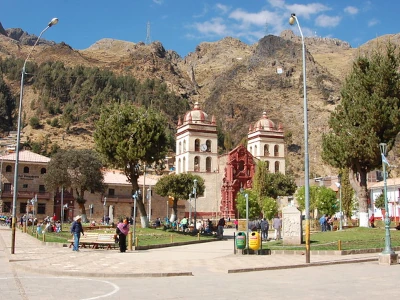
Huancavelica is a department of the Republic of Peru with its capital in the homonymous Huancavelica, located in the center west of the country. It borders the departments of Junín to the north, Ayacucho to the south and east, Ica to the southwest and Lima to the northwest. With 22,131 km² it is the seventh smallest department, ahead of Ica, Apurímac, Tacna, Moquegua, Lambayeque and Tumbes, the smallest. It was founded on April 26, 1822.
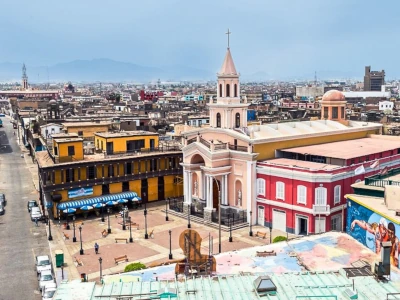
Callao is a city and the capital of the province of Callao in the region of Callao in Peru. The city (Spanish: El Callao) is the second largest city, as well as the largest and most important port in Peru. The city is located west of Lima, the capital of Peru, and is part of Lima Metropolitana, the metropolis that contains almost a third of Peru’s total population.
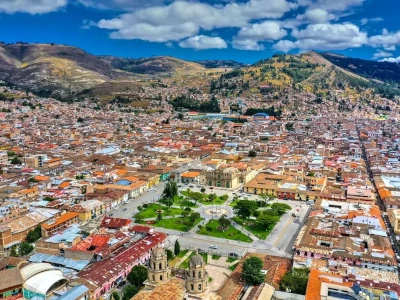
Cajamarca (en quechua: Kashamarka, ‘pueblo de plantas espinosas’), conocida durante el virreinato como San Antonio de Caxamarca, es una ciudad peruana capital del distrito, de la provincia y del departamento homónimos localizada en el margen oriental de la cadena occidental de la cordillera de los Andes, en el valle interandino que forman los ríos Mashcón y Chonta a 2750 m s. n. m. El valle donde se encuentra enclavada la ciudad es uno de los más grandes de la sierra del Perú.
The name Cajamarca, is one of the earliest documented and most widely known Andean indigenous toponyms since the 16th century due to the fame of the events that occurred there during 1532-33.
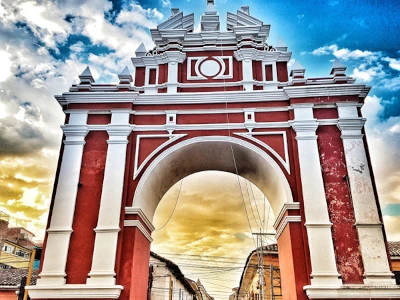
Ayacucho (founded as San Juan de la Frontera de Huamanga on April 25, 1540 and called Huamanga until February 15, 1825) is a Peruvian city capital of the district of the same name, of the province of Huamanga and of the department of Ayacucho. It is located on the eastern slope of the Andes mountain range at an altitude of 2,761 m above sea level and is characterized by a temperate and dry climate, with sunshine all year round.
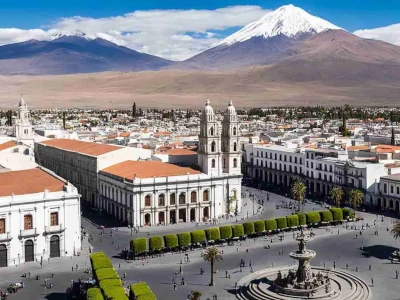
The city of Arequipa was founded on August 15, 1540, under the name of “Beautiful Village of Our Lady of the Assumption” in the name of the Marquis Francisco Pizarro and on September 22, 1541 the monarch Charles V in a Royal Decree indicated that it should be called “City of Arequipa”.
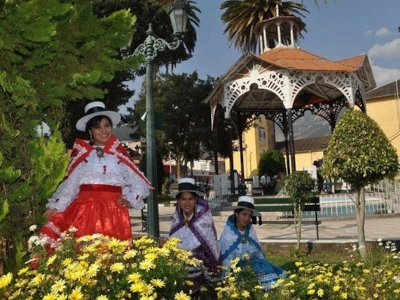
Abancay (from Quechua language: Hamanqay, Amanqay, or Amankay, meaning lily), founded in 1572 as Santiago de los Reyes de Abancay, is a city in southern-central Peru. It is the capital of both the Apurímac Region and the Abancay Province, and serves an important cultural, economic, and political role in Apurímac.
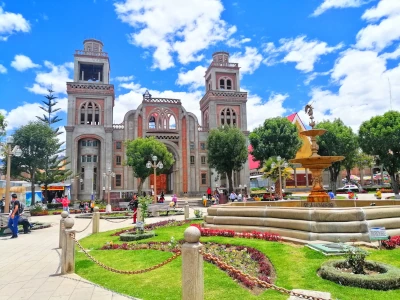
Huaraz or Huarás (from Quechua: waras ‘dawn’), founded as San Sebastián de Huaraz on January 20, 1574, is a Peruvian city, capital of the district and province of the same name and of the department of Ancash. Its metropolitan area covers part of the districts of Huaraz and Independencia and is located south of the Callejón de Huaylas, at an average altitude of 3,050 m above sea level.
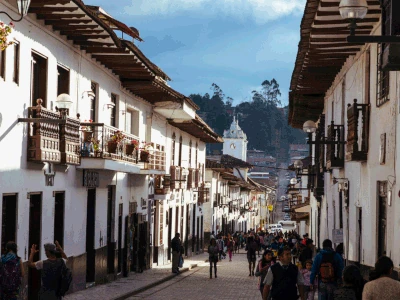
Chachapoyas (founded as San Juan de la Frontera de los Chachapoyas, on September 5, 1538) is a city located in the mountains of the department of Amazonas, Peru, capital of the province of Chachapoyas and the department of Amazonas. It stands on the eastern slope of the Andes mountain range, on a plain in the basin of the Utcubamba River, a tributary of the Marañón River. The city has a population of 32,026 inhabitants according to the data of the 2017 national census, and belongs to the Northern macroregion of Peru.
The historic center of Chachapoyas, declared Cultural Heritage of the Nation on November 12, 1988, stands out for its mansions with patios and gardens inside, and churches, as well as its buildings in the “Chachapoyas”.
The city is made up of the oldest neighborhoods such as La Laguna, Yance, Santo Domingo, Luya Urco, Higos Urco; as well as the popular urbanizations: Pedro Castro Alva, San Carlos de Murcia, Señor de los Milagros, October 16, etc.
Toponymy
Chachapoyas comes from the native word sachapuyos which means ‘men of the fog’, attributing this name to the dense fog that usually covers the Puma Urco hill, which is located in the vicinity of the city; although other authors claim that it comes from the Aymara: chacha ‘people’ and phuyu ‘cloud’.
According to Federico Kauffmann, it comes from sachapcoya, meaning sachap=people and colla=wild.
